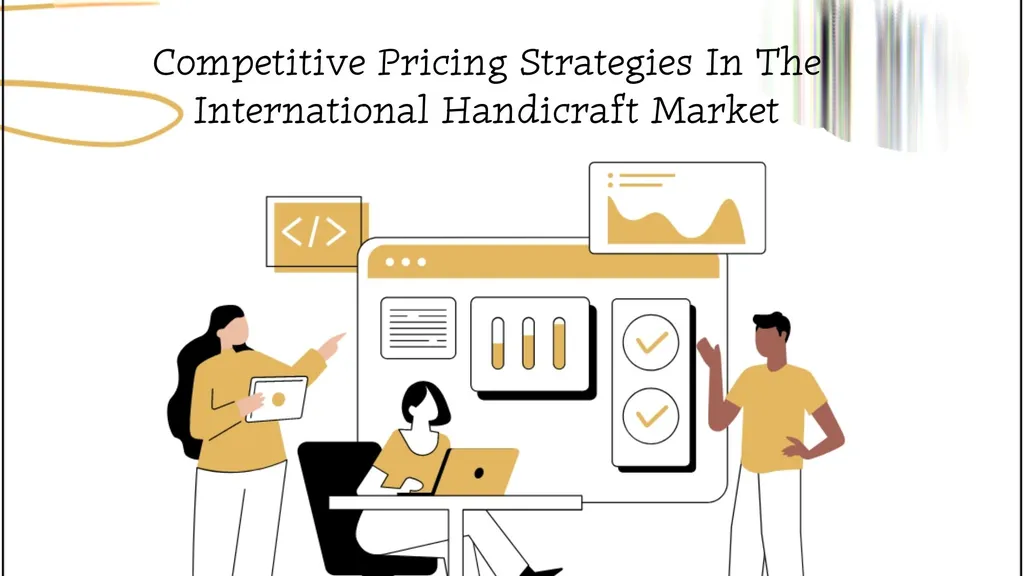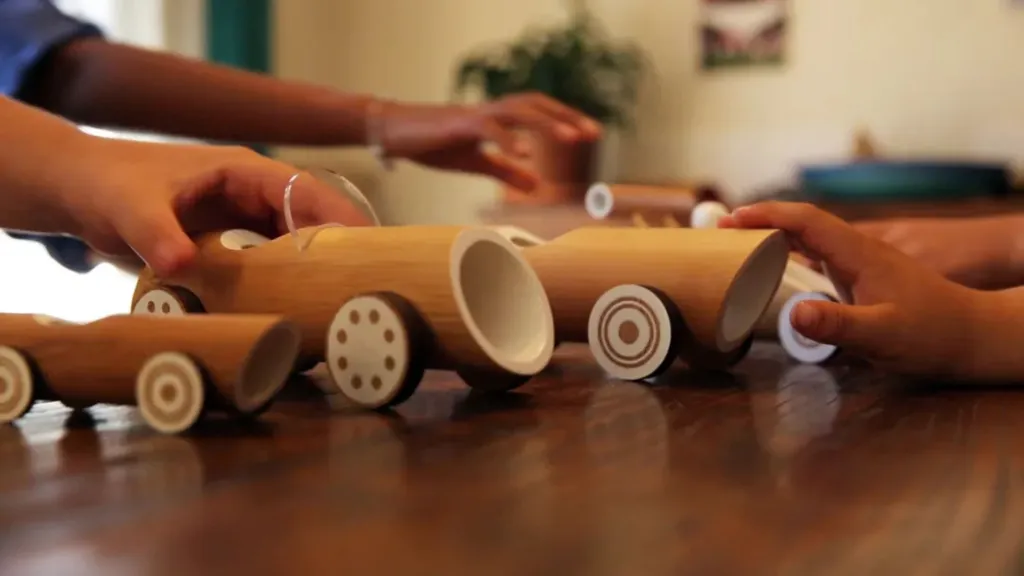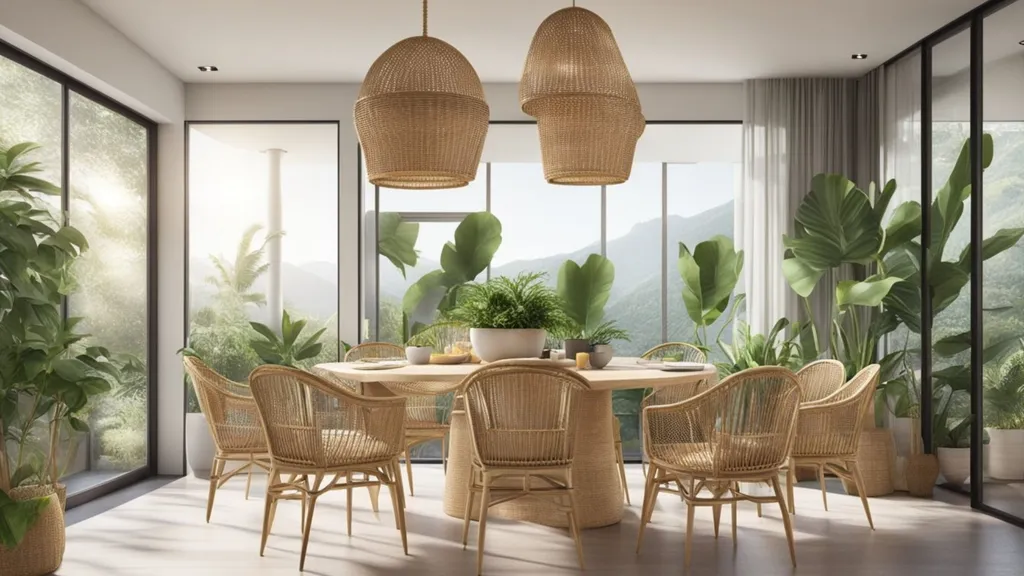Contents

At Ethical Handicraft Manufacturer (EHM), we understand that thriving in the international handicraft market requires more than exquisite bamboo and rattan craftsmanship—it demands strategic pricing that balances competitiveness, value, and sustainability. Operating from Vietnam, we navigate the vibrant yet challenging global market by blending cultural heritage with innovative pricing strategies to ensure our artisans’ livelihoods and deliver authentic value to our customers.
Why Competitive Pricing Matters for Handicraft Exports
In a global market driven by e-commerce, competitive pricing is key to standing out while preserving the unique identity of handcrafted products. Our bamboo and rattan goods carry Vietnam’s rich cultural heritage, making them more than commodities—they’re stories of artistry and tradition. Pricing too low risks undervaluing this heritage, while premium pricing must reflect quality and authenticity to appeal to discerning buyers. By aligning prices with market dynamics and consumer expectations, we ensure fair compensation for artisans while maintaining affordability and appeal.
Key Elements of Our Pricing Strategy
Crafting an effective pricing strategy involves understanding market dynamics, consumer preferences, and our unique value proposition. At EHM, we focus on:
Market Dynamics: We analyze global trends and regional preferences to position our products effectively, ensuring our bamboo and rattan items resonate with diverse markets.
Consumer Preferences: By understanding what drives purchases—cultural significance, sustainability, or quality—we tailor pricing to highlight these values.
Cost Structures: We account for raw material costs, artisan labor, and sustainable sourcing to ensure fair margins without compromising quality.
Ethical Storytelling: Our pricing reflects transparency, showcasing fair wages and eco-friendly practices to build trust with conscientious consumers.
Types of Competitive Pricing Strategies
We employ a mix of pricing models to remain agile in the global market:
Cost-Plus Pricing: We calculate production costs (materials, labor, overheads) and add a consistent markup to ensure profitability and artisan sustainability. This approach provides stability but is complemented by market insights to avoid misalignment with demand.
Value-Based Pricing: For our intricately woven rattan baskets or handcrafted bamboo furniture, we emphasize cultural and sustainable value, justifying premium prices for eco-conscious and culturally savvy buyers.
Dynamic Pricing: Leveraging e-commerce tools, we adjust prices based on seasonal demand or market shifts, ensuring competitiveness during peak periods like holidays.
Psychological Pricing: Setting prices like $29.99 instead of $30 subtly enhances perceived affordability, encouraging purchases without devaluing our craft.
Market Analysis for Strategic Pricing
Our pricing is informed by thorough market research:
Competitor Analysis: We benchmark against competitors to identify pricing gaps and opportunities, ensuring our products stand out through quality and authenticity.
Consumer Behavior: We study price sensitivity and cultural preferences, tailoring prices to balance accessibility with the exclusivity of our handcrafted goods.
Global Trends: By tracking demand for sustainable and artisanal products, we adapt pricing to align with eco-conscious markets and regional economic conditions.
Challenges and Solutions
Competitive pricing comes with challenges, such as price wars that erode margins or the risk of undervaluing craftsmanship. At EHM, we counter these by:
- Avoiding price wars through differentiation, emphasizing our sustainable practices and Vietnamese heritage.
- Maintaining quality to preserve brand reputation, even under cost pressures.
- Using storytelling to communicate the cultural and ethical value of our products, justifying fair prices.
Success Story: EHM’s Approach in Action
By adopting value-based pricing, we’ve positioned our eco-friendly rattan home decor as a premium choice in Europe’s sustainable market. Through transparent storytelling—highlighting our artisans’ skills and sustainable sourcing—we achieved a 40% sales increase in 2024, proving that authenticity and strategic pricing can drive success.
At EHM, competitive pricing is about more than numbers—it’s about honoring our artisans, preserving Vietnam’s craft heritage, and delivering value to global customers. By blending cost-plus, value-based, and dynamic pricing with cultural storytelling, we ensure our bamboo and rattan products thrive in the international market. Visit handicraftmanufacturer.com to explore our collections and join us in celebrating ethical craftsmanship.





